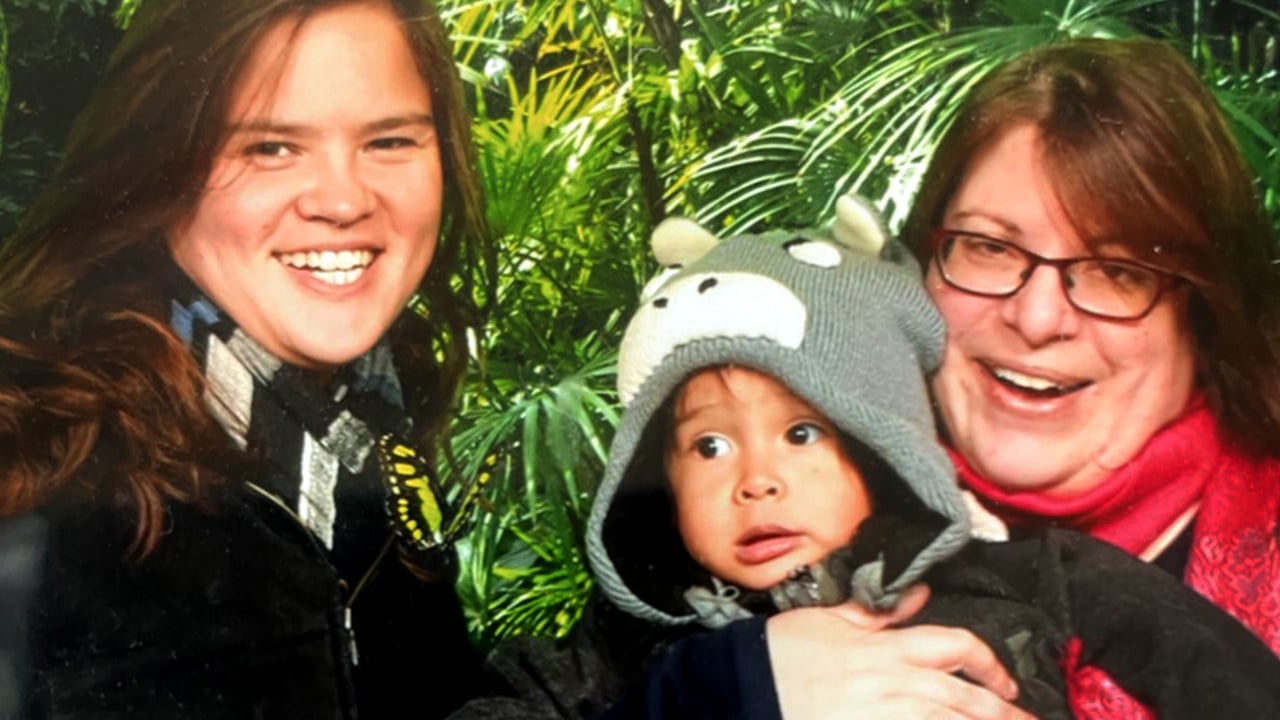
I remember the first time someone asked me who my son’s father was. We were sitting in the nursing station of Scarborough Grace hospital, and I was in pain. My vagina had torn after a 42-hour labour. The nurse turned to my step-dad and asked if he should be on the birth certificate. I corrected her and was hurt, but didn’t say anything.
Less than a month later, it happened again. This time, we were at a Chinese restaurant in Toronto’s east end. My wife Lia, my newborn son and I were sitting in a booth with vinyl seats. We had just ordered some har gow dumplings, spare ribs and bok choy with garlic when the twentysomething server approached. After serving us, he asked if my wife was my mother. (She is eight years older than I am). My wife and I looked at each other and raised our eyebrows.
“No, she’s my wife,” I corrected.
“And who is the dad?” he asked.
“Jacob doesn’t have one. We’re gay.”
The server nodded, and after glancing between us, he blushed.
The next time it happened we were in the local playground near our house. Jacob was playing with his best friend, Harper, along with her older sister, seven-year-old Payton.
“Who is Jacob’s daddy?” Payton asked me.
“Jacob doesn’t have a daddy,” I replied. “He has a donor.”
“He has a donut?”
Harper and Payton began to laugh. Jacob frowned and ran away.
In all three instances, I blew it off and didn’t engage. It felt like the right thing to do. But I’ve since learned that in doing so, I wasn’t doing our family any favours. “Each situation provides the opportunity to have a teachable moment either to the adults or the kids in the room,” says Toronto psychotherapist Sly Sarkisova.
Because I ignored and didn’t challenge the assumptions that something was missing from our family, Jacob picked up on the prejudice and responded in kind. When he was three, he started asking to see his daddy. Then at age four came the theories: That his father used to live with us, his two mums, but got bored and wandered off, or that Jacob did something bad and his dad had to suddenly leave. The last one got me—it felt like someone had speared my stomach.
This comes as no surprise to therapist and psychiatry professor Jacqueline Hudak. “It often has to do with the heteronormative climate of a culture,” she says. “Cisgender, heterosexual parents are the ubiquitous ‘norm,’ and this becomes perceived as ‘normal,’ ‘natural’ and ultimately ‘healthy.’”
Even if there isn’t one person telling the child of queer parents that something is wrong with their family set-up, they can absorb it in other ways, according to Hudak. Even when kids don’t learn from outsiders subtly stigmatizing the queer family, they can pick up these attitudes from language itself.
Consider the lack of linguistic terms to explain queer parenting to a child. There is no child-friendly word for “non-biological mother.” Or in families with two dads, no word for “non-biological father.” In each case, the queer family can create their own linguistic terms, such as Mumbee or OtherMother (both are iterations that I’ve heard). But their creation means that these terms are not immediately recognized by those outside of immediate family, and so communication becomes an act of advocacy not recognition.
As a family, we did not know how to begin to tackle linguistic bias, but we could do our best to make our five-year-old son feel loved, supported, safe and okay within his gay family. We began “Project Queer,” which aimed to do whatever it took to instill queer pride in Jacob.
Books were the beginning. I read books like Mummy and Mummy Want a Family by Sandra Bateman, and Zaks’ Safari: A Story About Donor-Conceived Kids of Two-Mom Families by Christy Tyner.
The problem was that Jacob found it difficult to get his head around the donor concept. This is not unusual—experts say one should introduce difficult topics like sperm donation, and sex education only once the child themselves expresses an interest. More importantly, it did not change his attitude about wanting a father figure.
To encourage acceptance of sexual diversity, I read books like Families, Families and Families by Suzanne Lang & Max Lang. This book encourages the acceptance of all types of parenting by introducing animal families that are diverse—for example, one kid, lots of kids, living with an aunt, living with lots of pets, living with two mums, living with two dads. Jacob loved the book, but the animal family he identified most strongly with was the heterosexual pandas with only one son. (The koalas were a family of two mums, but they also had three children.)
Next, we added cartoons. We watched the Japanese anime Sailor Moon, with queer characters Sailor Uranus (Haruka) and Sailor Neptune (Michiru). Jacob declared the show “not cool” because he didn’t like the animé drawings of the superheroes. Then we watched Twelve Kids Forever, which has queer characters like protagonist Reggie. Again, he announced it was nothing like his favourite show, which was Imaginex Batman on Youtube.
My partner Lia and I were now out of ideas and had started to despair. We came back to the drawing table to reconceive “Project Queer.” What if we could instill queer pride while also satisfying his need for a father figure? I didn’t believe having a dad was an inborn need, but it was one that had, for whatever reason, either nature or nurture, been instilled in him. What if instead of trying to stamp out this need, I simply embraced it?
Lia’s father is dead, so I had conversations with my dad and my step-dad, asking if they would agree to step into the father figure role. Since they both live a long way away, we agreed on the terms: This would mean calling a little more often on Zoom, and agreeing to call themselves “Dad.” They were honoured.
We now had a father figure as part of our chosen family, but I still wanted Jacob to embody queer pride. Still, the concept of gay is difficult for a five-year-old to understand without explaining the nature of romantic and sexual relationships. Without an understanding of gay, what does gay pride mean to a child? Lia and I discussed how it could be adapted to Jacob’s sensibility and understanding. We decided that queer pride could be embodied by nurturing the values of acceptance, diversity, compassion and love. We began to use the rainbow symbol as our symbol of all of these values. We decorated the house with rainbows and called Jacob, “The Rainbow Boy” from “Our Rainbow family.”
Today, our narrative is that Jacob is a lucky little boy because he has more family than most—two mums, two dads and two cats (who, because they are Cornish Rexes, act like dogs). When he sees the rainbow Queer Pride symbol in shops, cafes and other establishments, he asks if they displayed it especially for us. In response, I say some version of, “Yes. And for all the rainbow families that are a little different. They want us to be proud.”
The post My kid didn’t feel like two moms were enough—so we created “project queer” appeared first on Today's Parent.

 PARENTING TIPS
PARENTING TIPS







 PREGNANCY
PREGNANCY








 BABY CARE
BABY CARE








 TODDLERS
TODDLERS








 TEENS
TEENS



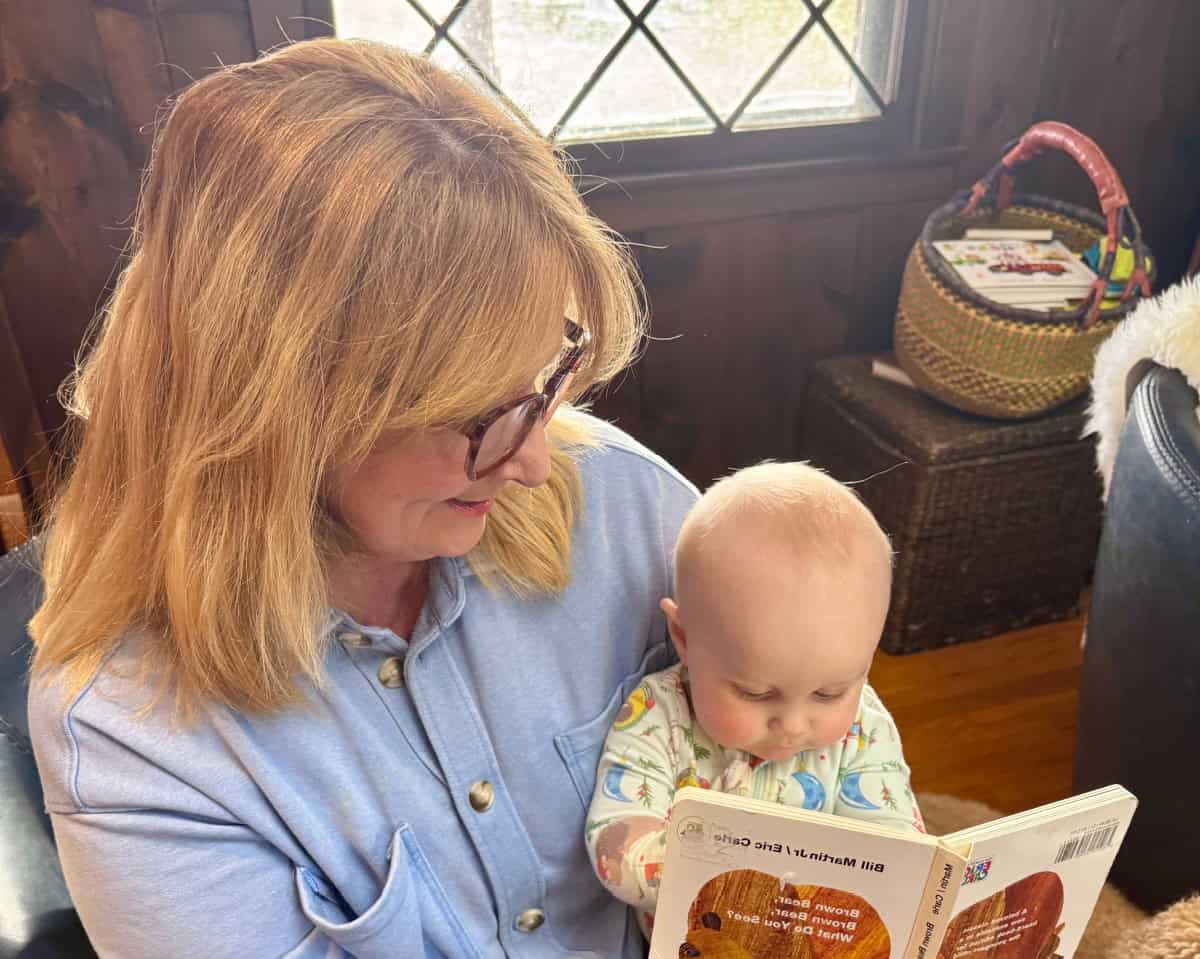
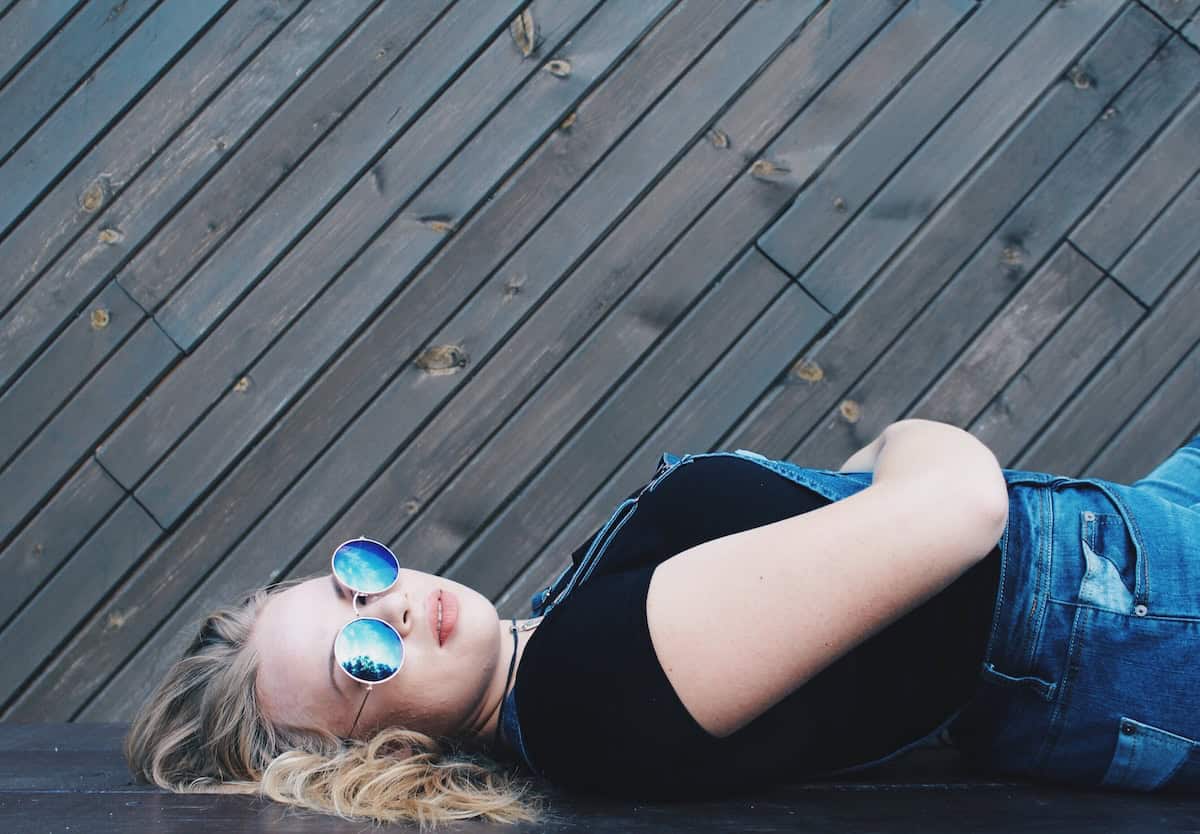


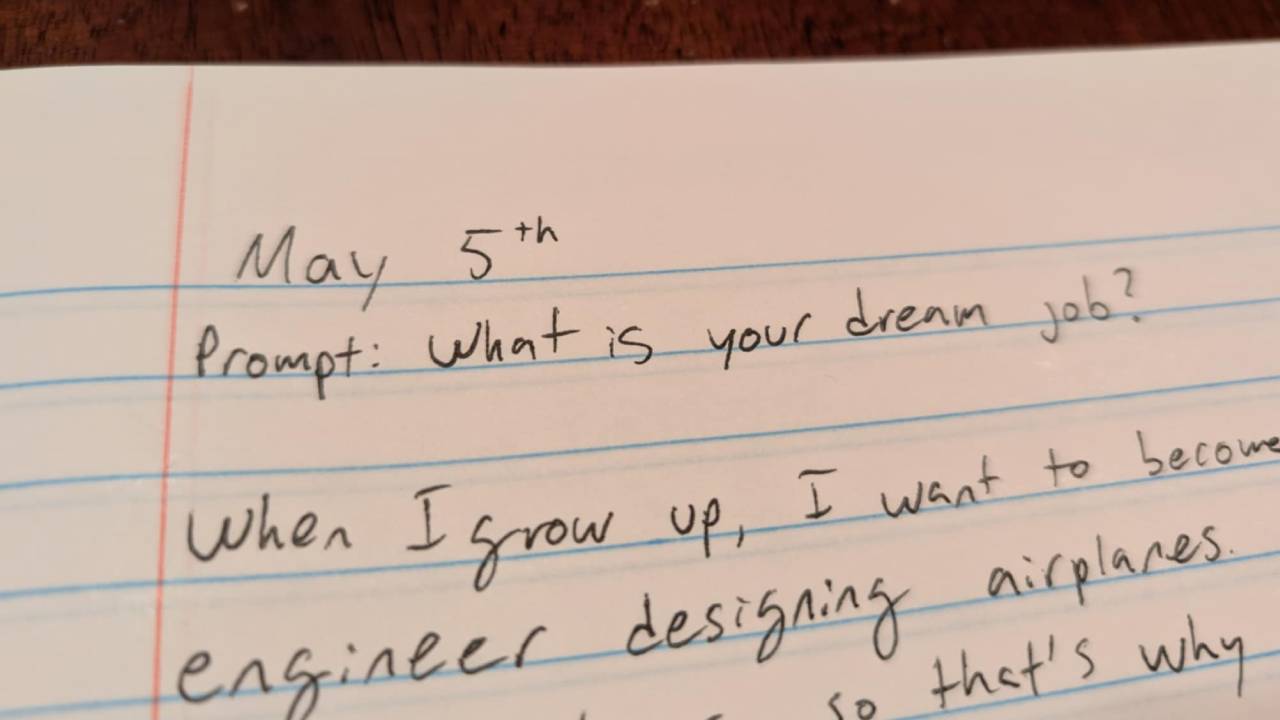
 HEALTH CARE
HEALTH CARE
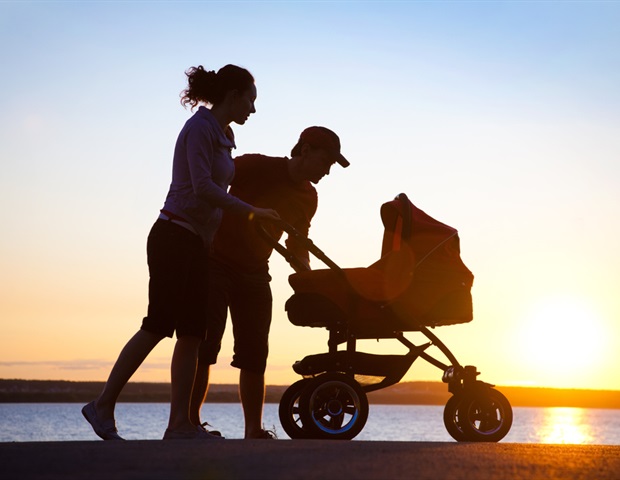



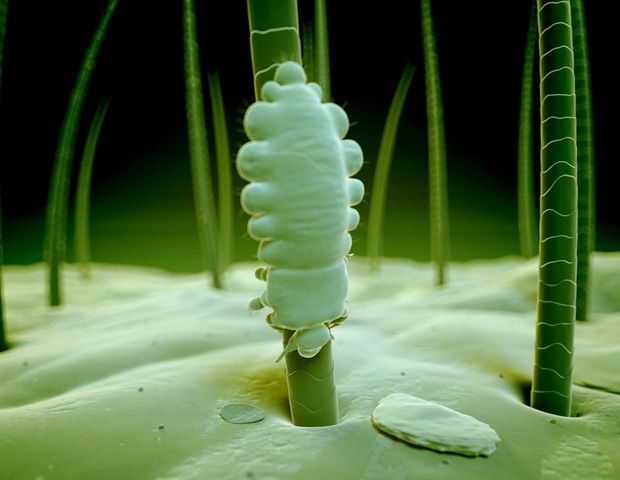


 ACTIVITIES & CRAFTS
ACTIVITIES & CRAFTS








 CONTACT
CONTACT ABOUT
ABOUT

